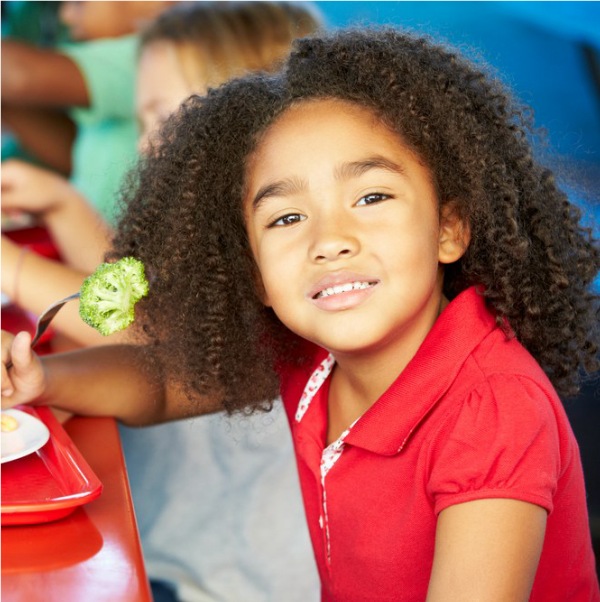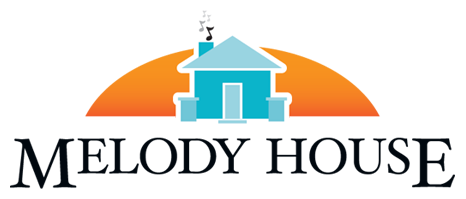
What Makes Us Go? – by Al Stewart
“What makes that go?”
“How does that work?”
“Will we be able to use that? Why not?”
These and other questions may be asked about items that children may have used, or observed being used, either in real life or on TV.
Collect pictures of the following items – a flashlight, a candle, a waterwheel, a lamp, a ceiling fan, a cell phone, a stove, a car, a motorboat, a windmill, and a motorcycle. Show the pictures to the children. Have them identify each item, and discuss who uses each one and why. What do they have in common? Each item needs some type of fuel or energy to run or operate. Have the students tell you what “fuel” makes each item work. This will include, but is not limited to, batteries, fire (match), water, electricity, gasoline, and wind.
Select the picture of the lamp to lead a discussion. (Have a real lamp nearby to use towards the end of the discussion.) Ask the children “What is this a picture of? How many of you have ever seen a lamp?” Allow the children time to share their experiences with lamps. They will probably share that they have lamps at home, maybe even in their bedroom. At this point,  bring out the real lamp. (NOTE: Remove the lightbulb before putting the lamp in the bag.) Have children identify and walk you through setting the lamp up to see if it works. It may be necessary to guide the children through prompts and hints. After plugging the lamp in, turn the switch. Ask the children “What happened? Why is the lamp not working?” If necessary, have one of the children VISUALLY examine the lamp (no poking fingers into the bulb socket) to help determine the problem. Hopefully the child will see that there is not a lightbulb in the lamp. Replace the lightbulb and try again. As a brief review of this activity, remind the children that even though the lamp was plugged into the outlet, it is necessary for the lamp to have a lightbulb in the socket. At another time, repeat these procedures using a flashlight. Identify other items that require some type of energy source which are used at school and home. Be sure to discuss the safety concerns for electricity, matches, etc.
bring out the real lamp. (NOTE: Remove the lightbulb before putting the lamp in the bag.) Have children identify and walk you through setting the lamp up to see if it works. It may be necessary to guide the children through prompts and hints. After plugging the lamp in, turn the switch. Ask the children “What happened? Why is the lamp not working?” If necessary, have one of the children VISUALLY examine the lamp (no poking fingers into the bulb socket) to help determine the problem. Hopefully the child will see that there is not a lightbulb in the lamp. Replace the lightbulb and try again. As a brief review of this activity, remind the children that even though the lamp was plugged into the outlet, it is necessary for the lamp to have a lightbulb in the socket. At another time, repeat these procedures using a flashlight. Identify other items that require some type of energy source which are used at school and home. Be sure to discuss the safety concerns for electricity, matches, etc.
Collect pictures of the following items – a bicycle, a skateboard, a row boat, a scooter, and a wagon. Discuss each item. Who uses them? How are they used? How do they operate? What makes them work? Do they use electricity? Do they use batteries? What about using a match to make them work? Would you say that a person is the energy that fuels these items? Can you think of other items that need people to work? The next point of discussion might be where do people get their fuel to do all the things they do? What helps people become and stay healthy?
People need food, exercise, rest, and water. Have pictures of a variety of health foods, people exercising, people resting, and water (in bottles, pitchers, canteen, etc.) Pose a series of questions that will guide the children through a discussion of the importance of rest and sleep. Points to be made are: (1) rest is taking a break from our regular activities; (2) rest refuels our bodies; (3) rest prevents us from over-doing things; (4) rest helps us to reconnect with others; (5) rest allows our muscles to grow; and (6) rest helps calm the body and mind. For these reasons, rest will help us be ready to learn.
Young children are “movers and shakers” and they are ready to go, go, go. Having discussions about eating healthy food, drinking plenty of water to stay hydrated, and getting plenty of rest provides them with information on how to better take care of their bodies while gaining an understanding of the world around them.
